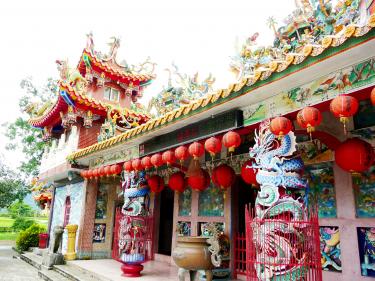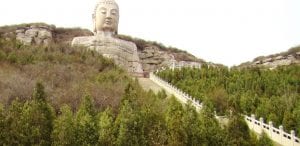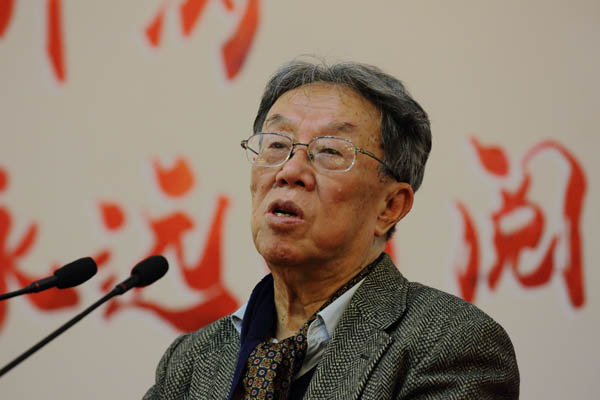On this day of June 4, China Matters Ltd in Australia saw fit to publish this mumbo-jumbo about the mysterious, and very pure, profundity of China. See below. The author recycles several falsities, notably the very old misunderstanding of Chinese writing as pure pictures:
“On a purely linguistic note, … Chinese language as a pure logogram and European languages which are all phonogram … ”
–But such theories have been debunked by all the linguists! For how long now? Centuries?
It goes on. Take this for example: “Classical Chinese does not operate under a set of grammatical rules,” (!!) … and so on.
But perhaps the fakery doesn’t matter, if one’s fantasy “China” matters more — as it seems to, at China Matters Ltd.?
One writer on Twitter labelled this “pure bullshit,” and there’s something to that. However, I think it is also an example of what Andrea Ghiselli in the latest China Quarterly called “Cherry-Picking” (see: “Revising China’s Strategic Culture: Contemporary Cherry-Picking of Ancient Strategic Thought,” China Quarterly, Volume 233, March 2018 , pp. 166-185. https://doi.org/10.1017/S0305741018000413).
This strategic “Cherry-Picking” is, I think, very closely related to Trumpian fakery, which also cares nothing for the facts except as the raw material with which to fashion a semi-plausible new truth that will fool some, at least.
One could use the same term for both. And the current industry of “Cherry-Picking” to mystify-and-glorify China deserves much more research, analysis, and exposure.
(In my recent article I took on the longstanding, but fake, narrative that China was always peaceful, never an empire, etc etc.: The Legacy of the Chinese Empires, in: Education About Asia 22.1, (2017), pp. 6-10, download at: http://aas2.asian-studies.org/EAA/TOC/index.asp)
yrs.
Magnus Fiskesjö <nf42@cornell.edu>
Source: China Matters.org (6/4/18)
A Piece to the Puzzle: Reading China’s Strategic Mindset
By Kelvin Chau
Australia will need to study Chinese cultural knowledge more comprehensively to remain competitive in the ongoing Asian Century. Studying Chinese strategic culture, notably Chinese conflict management principles, is both necessary and the first step to take. To put it simply, the importance of understanding the role of strategy in the People’s Republic of China’s (PRC) business culture and policy formulation is captured by the title of Professor Xuetong Yan’s book “Ancient Chinese Thought, Modern China’s Power”. Continue reading →







